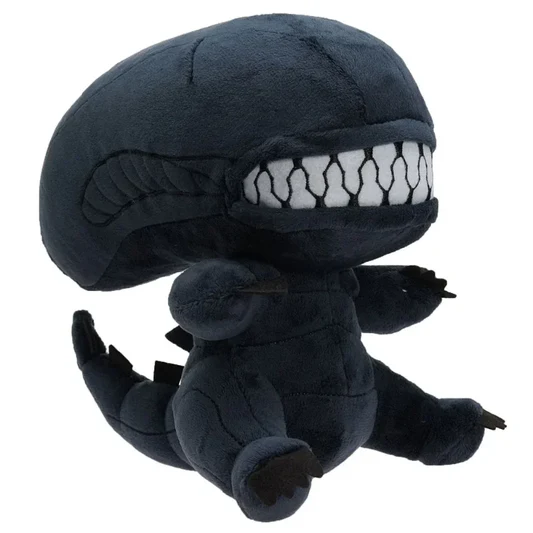
What is The Harajuku Girl?
[vc_row][vc_column][vc_column_text]Rino Nakasone (Razalan, stage name "Music") was born on 11 June 1979 and grew up in Okinawa. He became interested in dancing after watching music videos of Michael Jackson and Janet Jackson and mimicking their moves. The song was released in 2019 as a surprise dance video with Japanese dancers Maya Chino, Jennifer Kita, Rino Nakasone, and Mayuko Kitayama. The group accompanied the former No Doubt frontwoman on appearances, tours, and media appearances as she launched her solo career. The singer wanted to bring Japanese culture to the United States, she said, and she did so with Harajuku Girl, which included dancers Maya Chino, Jennifer Kita, Rino Nakasone, and Mayuko Kitayama among others. The idea was that a group of girls should never hang out as girls and that they could be the Japanese Harajuku girls, because that is them, girls, who love being outside.
Stefani launched the Harajuku Lovers clothing line in 2005 and produced an animated children's show called Kuu-Kuu Harajuku in 2015. Stefani, 50, adapted the Harajuku culture and used it as her own by launching a clothing line for women in the Japanese fashion industry in 2005. Gwen Stefani has been accused at various points in her career of appropriating South Asian, Black, and African culture and perpetuating stereotypes about Native American culture. We all may enjoy well and good, but as we welcome Stefani's return as a Queen, we should not forget that she was perpetuating racist stereotypes when she released her first solo album, Love Is All. Because of her comments, it seems Stefani doesn't understand why people think it's appropriate.
Gwen Stefani has defended herself throughout the era of the Harajuku Girls and throughout her solo career. She was also accused of cultural appropriation because she had performed in Harajukus in the early years of her career. The Harajuku Girls are four Japanese-Japanese-American backup dancers who appeared in Gwen Stefani's Stage shows and music videos throughout her pop, dance, and record career. They are Maya Chino (Love), Jennifer Kita (Angel), Rino Nakasone (Music), and Mayuko Kitayama (Baby). Stefani announced in 2014 that she was producing an animated series based on the characters Love Angel (music) and Baby G. The characters were also featured in the perfume line of "Harajuku Lovers".
Refers to the teenage girls and young women who populate the shopping district of Tokyo's Harajuku Station, known for its outrageous fashion. Popular in the 1990s and into the 21st century, they have become a symbol of a new, individualistic generation in Japan determined to break with old stereotypes and shed the bland Japanese uniforms. The series Kuu Harajuku follows a girl named HJ5 who fights the evil that tries to follow her music. The style name comes from the Yama Uba (mountain hag) in Japanese folklore. Harajuku-style among teenagers in the Japan region Wikipedia entry. Koi Visual (Kei Visual) - This style is characterized by garish costumes, extravagant hair and makeup, and an androgynous look.
Curious Japanese youths learned about a different culture and browsed local shops for Western goods intended for Americans. The Harajuku culture received a boost during the 1964 Olympic Games in Tokyo, which brought them a wave of tourists and businesses. Today, however, the Harajuku area is no longer the fashion center of Japanese youth. Here you will find quirky cafes, vibrant fashion designers, and a distinctive atmosphere that is hard to put into words. A visit to Harajuku is full of surprising and unforgettable experiences.
This is the place where teenagers and young adults who feel different and want to look different from the everyday life of traditional Japanese culture can hang out and let their hair do all the tricks to show off their chic style. Each district is unique, so it should come as no surprise that each district has developed its own style. Fashion trends named after visuals such as kei, gothic, Lolita and decora have emerged from Harajuku.
Her father brought home Sanrio toys and told stories about epic street fashion from Tokyo's Harajuku district. During World War II, it was considered home to the US military and athletes during the 1964 Tokyo Olympics. In fact, she recruited four Harajuku Girls as backup dancers for music videos, tours, and to accompany her on various public appearances. The girls were given nicknames and the titles of their albums and are required to speak Japanese to the public. She is married to Lee J. Razalan, the manager of the female dance troupe Beat Freaks, was runner-up for America's Best Dance Crew along with other dancers.
They are four Japanese girls who are introduced as backup dancers by renowned artist Gwen Stefani in her pop music videos and albums. Gwen introduced Harajuku Girl as her imaginary friend on Friday Night Live with Jonathan Ross. Angel Music appeared dressed as Love Baby in Gwen Stefani's music video for her comeback single "Let Me Introduce Myself.". In an interview with In These Times in December 2014, Stefani described the girl group of the same name in which the dancers were cast for Harajuku Girls: "We are not real people, but we have become part of the Stefani crew. I can say that we are a group of dancers and I feel a strong bond with all of us as individuals. As for the group itself, we came from a place of love for Stefani, and there are many aspects of the era that she didn't address.
[/vc_column_text][/vc_column][/vc_row][vc_row][vc_column][woodmart_products product_hover="info-alt" orderby="date" element_title="Kawaii Fashion On Sale" columns="6" sale_countdown="0" stock_progress_bar="0" highlighted_products="0" products_bordered_grid="0" lazy_loading="no"][/vc_column][/vc_row]




















